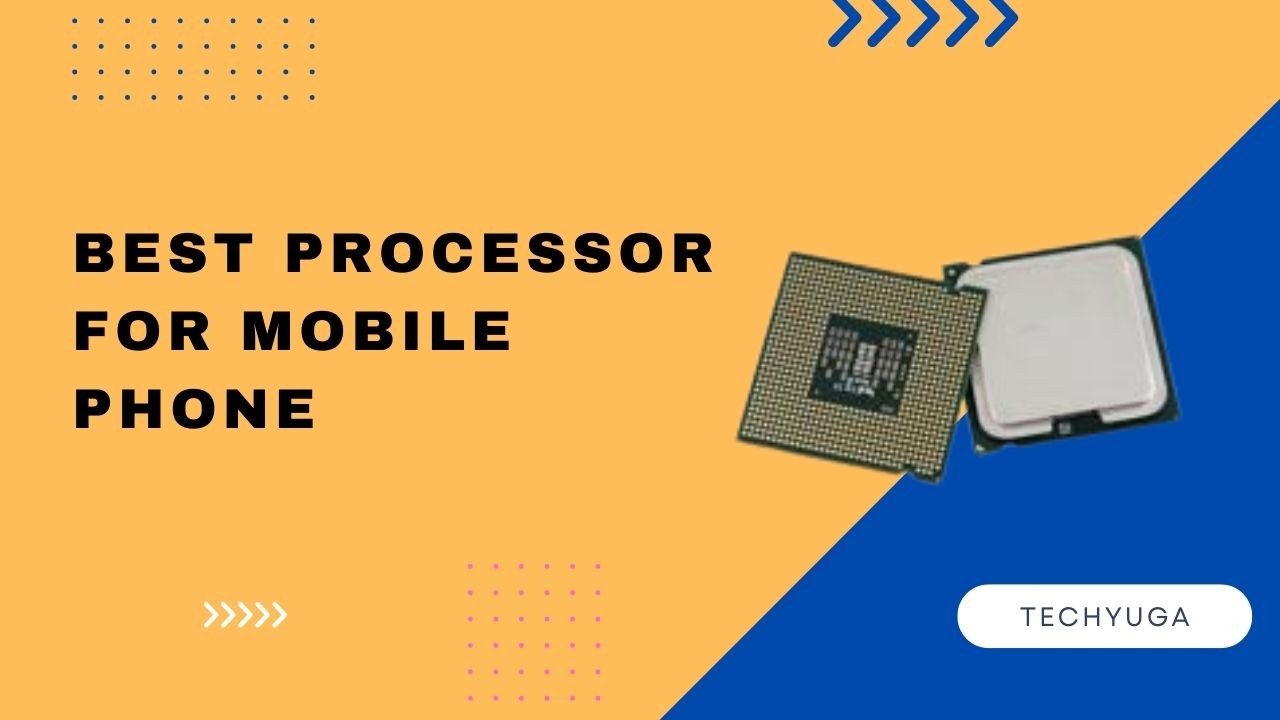The journey of mobile processors, from humble beginnings supporting basic telephony to becoming the sophisticated powerhouses they are today, is nothing short of extraordinary. What once were simple chips designed for calling and texting have rapidly evolved into complex Systems-on-a-Chip (SoCs) capable of running demanding applications, rendering console-quality graphics, and performing advanced artificial intelligence tasks, all within the confines of a pocket-sized device. The question isn’t just *if* they’ve become powerful, but *how* profoundly their capabilities have expanded, blurring the lines between mobile and traditional computing.
In the early days of smartphones, the primary focus of mobile processors was energy efficiency and basic computational tasks. Performance was measured in megahertz, and a single core was the norm. Fast forward to today, and flagship mobile SoCs from industry leaders like Qualcomm, Apple, and MediaTek boast multi-core architectures, often featuring a complex arrangement of high-performance “prime” cores, balanced “performance” cores, and highly efficient “efficiency” cores. This heterogeneous computing approach allows the processor to intelligently allocate tasks, dedicating minimal power to background processes while unleashing full power for demanding applications like 3D gaming or video editing. The clock speeds, once a primary indicator, have been supplemented by a myriad of other architectural advancements, including vastly improved instruction per cycle (IPC) counts and larger, faster caches, mirroring design philosophies once exclusive to desktop CPUs.
The most compelling testament to their increased power lies in their graphical prowess. The integrated Graphics Processing Units (GPUs) within modern mobile SoCs are nothing short of remarkable. They are now capable of rendering intricate 3D graphics with effects like ray tracing, a technology that was, until recently, the exclusive domain of high-end desktop gaming PCs. This level of graphical horsepower has not only transformed mobile gaming into an incredibly immersive experience but also unlocked possibilities for augmented reality (AR) and virtual reality (VR) applications that demand significant visual processing. The smooth, high-frame-rate experiences offered by today’s premium smartphones on graphically intensive games would have been unimaginable just a few years ago.
Beyond raw computational and graphical power, a significant leap in mobile processor capability has come from the integration of dedicated Artificial Intelligence (AI) accelerators, often referred to as Neural Processing Units (NPUs) or AI Engines. These specialized hardware blocks are designed to efficiently handle machine learning workloads, offloading these complex calculations from the general-purpose CPU and GPU. This has profoundly impacted various aspects of the smartphone experience. Consider computational photography, where AI is used for real-time scene recognition, advanced image processing, super-resolution, and even sophisticated portrait mode effects that rival professional cameras. On-device AI also powers features like real-time language translation, personalized recommendations, voice assistants, and highly accurate facial recognition systems, all executed with remarkable speed and efficiency without relying on cloud processing, thereby enhancing privacy and responsiveness.
The fabrication process itself has played a crucial role in this meteoric rise. Leading chip manufacturers are now producing mobile processors on advanced nodes, such as 3-nanometer (nm) technology. These smaller transistor sizes allow for more transistors to be packed into the same silicon area, leading to increased performance and, crucially, improved power efficiency. The ability to shrink these components while simultaneously boosting their capabilities is a continuous engineering marvel that underpins the entire mobile revolution. This relentless pursuit of smaller, more efficient processes contributes directly to longer battery life, despite the exponential increase in computational demands.
Comparing these mobile titans to their desktop counterparts is a common exercise, and while a high-end desktop processor still holds the lead in raw, sustained performance for tasks like heavy video rendering or scientific simulations, the gap has narrowed considerably for everyday computing. For many common tasks – Browse, social media, casual gaming, productivity apps, and even light video editing – the performance of a flagship mobile processor is more than sufficient. In fact, for certain AI-specific workloads, dedicated NPUs in mobile SoCs can often outperform general-purpose desktop CPUs due to their specialized architecture. The convergence of capabilities is evident, with devices like Apple’s M-series chips (which power both their iPads and MacBooks) showcasing how a mobile-first design philosophy can scale to desktop-class performance in incredibly power-efficient packages.
Looking ahead, the trajectory of mobile processors points towards even greater integration and intelligence. We can expect further advancements in AI capabilities, enabling even more sophisticated on-device machine learning for personalized user experiences and predictive functionalities. The continued refinement of fabrication processes will lead to further power efficiency gains and potentially even higher performance ceilings. Moreover, the integration of cutting-edge connectivity standards like Wi-Fi 7 and advancements in 5G modems will ensure that these powerful processors are always connected at breakneck speeds, facilitating complex cloud-based applications and real-time data processing. The journey from a simple communication chip to a miniature supercomputer in our pockets has been breathtaking, and the mobile processor shows no signs of slowing its incredible pace of innovation.




